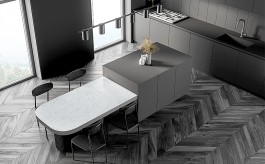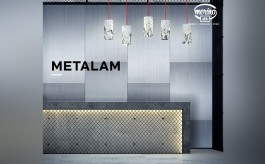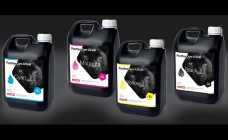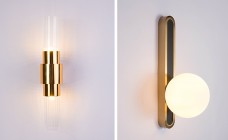Can this biodegradable plastic bag offer promising alternatives?
By Retail4Growth Bureau | September 16, 2022
Coimbatore based GreenPlast Products has come up with sustainable packaging solutions that easily dissolve in cold and hot water and are positioned as viable replacement for single-use plastic bags, among other things.
In what may be seen as a significant contribution to a green retail ecosystem, Coimbatore based GreenPlast Products founded by Kavitha Rajan, a software engineer by profession, has come up with sustainable packaging solutions that easily dissolve in cold and hot water. All products are made from water soluble polymer - PVA, processed starch, vegetable oil derivatives and other non-plastic additives. The company informs that these products are non-toxic to the environment, animals and plants. In fact, the firm is the only manufacturer of hot-water soluble biodegradable pellets in India. The biodegradable water-soluble pellets are built using their uniquely formulated proprietary formula – GreenPlastTM pellets. The products are positioned as viable replacement for single-use plastic bags, and are manufactured in specially customized machinery units and can be easily dissolved or composted.
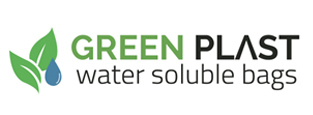 These bags offer several advantages in that they are sturdy, strong, soluble in water, totally biodegradable and rain water resistant, says the company. It is key to note that GreenPlastTM bags do not leave residue of microplastics as they are totally devoid of plastics. As the main raw material of these bags is composed of polyvinyl alcohol and industrial starch, GreenPlastTM bags have good strength and have better elasticity than traditional bags. “The perfect solution to replace single use plastics, GreenPlastTM bags are the future of packaging as they are water soluble, cost effective and reliable. It is a product that disappears in front of your eyes,” says founder, Kavitha Rajan.
These bags offer several advantages in that they are sturdy, strong, soluble in water, totally biodegradable and rain water resistant, says the company. It is key to note that GreenPlastTM bags do not leave residue of microplastics as they are totally devoid of plastics. As the main raw material of these bags is composed of polyvinyl alcohol and industrial starch, GreenPlastTM bags have good strength and have better elasticity than traditional bags. “The perfect solution to replace single use plastics, GreenPlastTM bags are the future of packaging as they are water soluble, cost effective and reliable. It is a product that disappears in front of your eyes,” says founder, Kavitha Rajan.
Products
GreenPlast Pellets: with a shelf life of about 2 years, GreenPlast pellets come in different colours and can be used to make transparent as well as coloured bags. They can be converted into films using the normal extrusion processes and are available in three variants: cold water soluble, warm water soluble and hot water soluble.
GreenPlast Films/Bags: ideal for use as a packaging material, this one provides many other advantages, including high solvent resistance and gas barrier performance. They find use as packaging for agricultural chemicals and pharmaceuticals, hygiene purposes, printing on curved surfaces, and as base materials for wigs and embroidery.
GreenPlast Fabric Bags: these hot-water soluble bio bags can be used multiple times before being discarded either through dissolving or decomposition in soil. They are available in different thicknesses and can be printed upon.
GreenPlast Water Soluble Solid Plastic Pellets which is injection moldable: with a shelf life of about 2 years, GreenPlast pellets come in different colours and can be used to make solid plastic objects which are soluble in water over a period of 1 week. Solid objects such as containers for dry products, paper core plugs etc can be made out of these pellets.
According to a report titled Global Plastics Outlook: Economic Drivers, Environmental Impacts and Policy Options by OECD, the plastic waste generated per person varies from 221 kg in the United States to 114 kg in some European nations and 69 kg in Japan and Korea. While only 9% of the global plastic waste is recycled, plastic consumption has quadrupled over the past 30 years, driven by growth in population, income levels and emerging markets. With close to 30 Mt of plastic waste in seas and oceans, and a further 109 Mt accumulated in rivers, it is suffice to say that the situation is indeed a matter of grave concern.
For alternative green solutions such as the ones from GreenPlast to become a viable reality, the whole ecosystem, including retailers, brands, shoppers and Government, needs to come together and put in place a system to make green solutions a part of everyday use by a majority of people. A combination of awareness, technology, access and regulation is the need of the hour.

